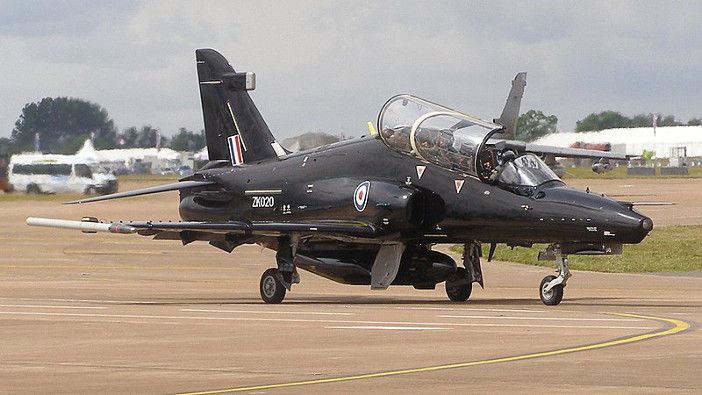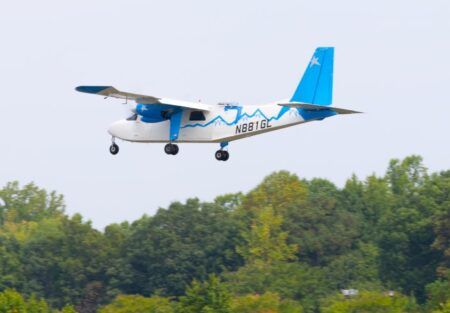A pair of Hawk T2 aircraft from the RAF’s IV Squadron have passed a series of planned exercises in temperatures reaching 44˚C (111˚F) to prove the aircraft’s capabilities in extreme conditions.
The hot weather trials included low level sorties and extended taxiing designed to exacerbate the temperature and prove the Hawk’s ability to operate in conditions typically found in the summer months in the Gulf.
More than 1,000 Hawk fast jet trainer aircraft have been delivered and ordered since it entered service in 1976. Hawk trainer jets have delivered more than four million flying hours.
The latest T2 variant is powered by one 6,500lb-ft (28.91kN) Rolls-Royce/Turbomeca Adour Mk 951 turbofan engine, and is 12.5m (41ft) with a wingspan of 10m (33ft).
Peter Kosogorin, a Hawk and Typhoon test pilot from BAE Systems Flight Operations, said, “Not only were we able to show Hawk is capable of carrying out all of the necessary exercises at high temperatures, the support team from the RAF consistently turned the aircraft around in under 40 minutes demonstrating its flexibility and efficiency.”
Hawk is operated by air forces in the Kingdom of Saudi Arabia and Oman to prepare their Typhoon pilots and the United Arab Emirates, Bahrain and Kuwait use the aircraft as part of their pilot training programs.
The jet uses airborne simulation technology and next-generation cockpit design so that student pilots can control any combat aircraft, including the F/A-18 Hornet and Super Hornet, F-16 and F-35. This helps to transition pilots to the frontline at a reduced cost.





